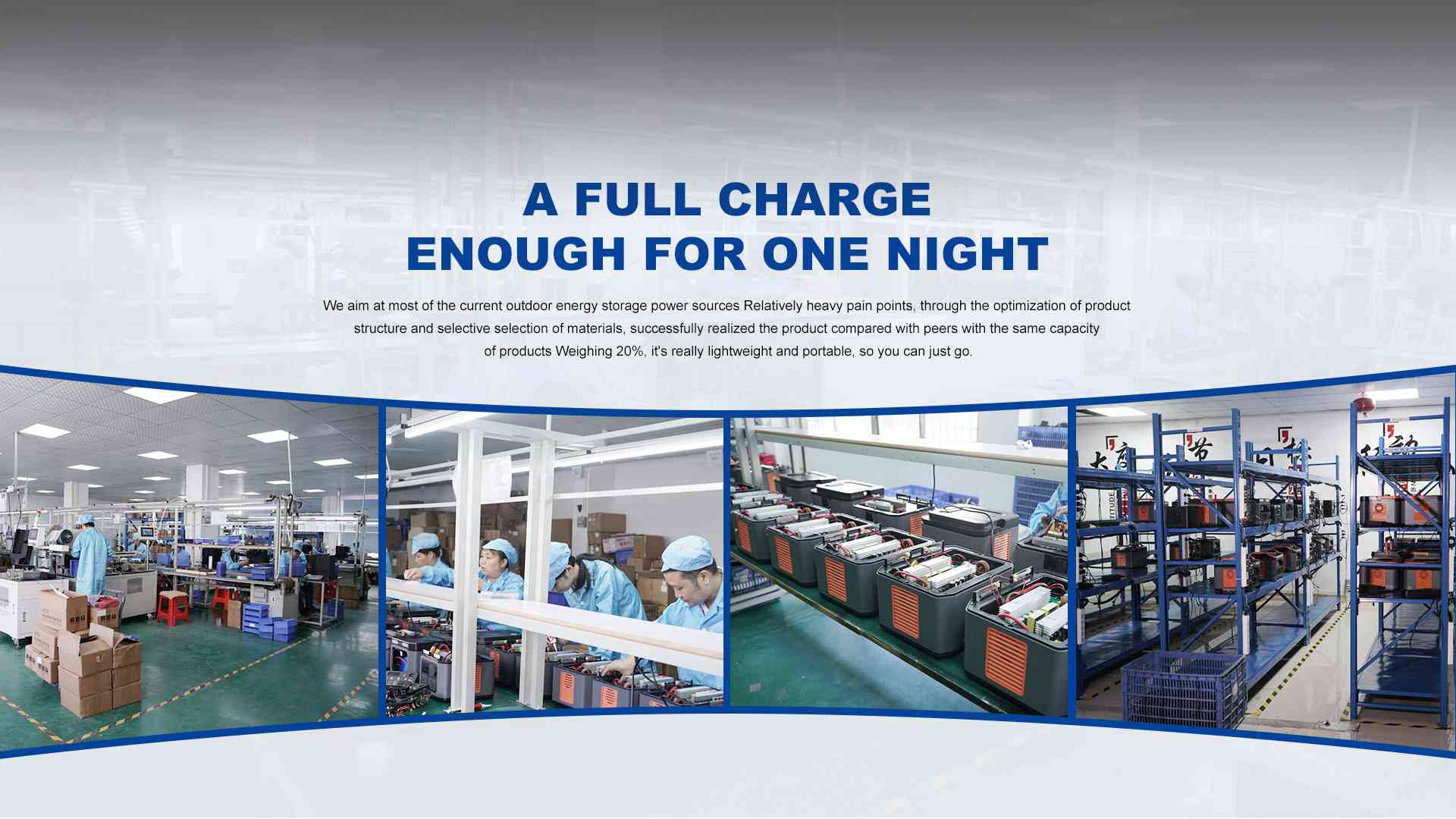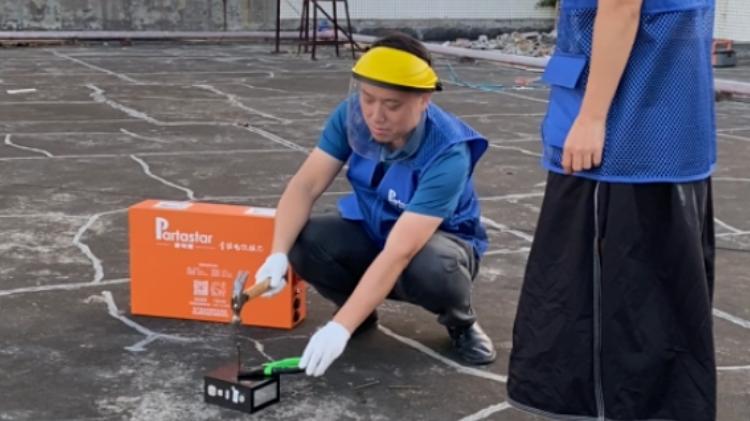As we all know, portable rechargeable generator has become a hot topic at present, and more and more businesses want to share this big cake. Today, as the supplier of portable rechargeable generator machine, we will take you into our experiment. Lab and test workshop to see how many test steps a qualified and safe portable rechargeable generator product needs to go through before leaving the factory?
The security of the portable rechargeable generator is crucial for both customers and manufacturers. As a company that produces portable rechargeable generators, we also attach great importance to it. Therefore, our portable rechargeable generators need to pass the following eight tests strictly before leaving the factory.

1. BMS test
The main function of BMS test is to improve battery utilization, prevent battery overcharge and overdischarge, prolong battery life, and monitor battery status. In layman's terms, it is the system that manages, controls and uses the battery pack.
2. Battery pack test
A battery pack is a battery pack formed by connecting many independent electrochemical cells in series. There are often quality problems due to various factors, and substandard quality is a great hidden danger for the power supply, so the battery pack test is particularly important. The main test is the voltage, current, internal resistance and other items inside.
3. Cell test
The battery test is mainly to carry out the following seven tests, including capacity, normal temperature charge and discharge, rate, acupuncture, high and low temperature aging, storage, transportation and other tests to ensure the normal operation of the battery.
4. Load test
The purpose of load testing is to determine and ensure that the portable rechargeable generator system will still function properly when it exceeds the expected workload. In addition, load testing evaluates performance characteristics such as response time and other time-related aspects.
5. Temperature test
By means of a temperature test machine, a temperature test operation is carried out on the inside of the portable rechargeable generator to ensure that it can still operate normally in a high temperature/low temperature environment.
6. Temperature rise test
The parts that can be touched when the power supply is working may cause personal injury if the temperature is too high, and the high temperature inside the device will also affect the performance of the product, and even cause the insulation level to drop or increase the mechanical instability of the product. Therefore, in the product design process, the temperature rise test is an important step to be considered to ensure that the product can work safely and stably.
7. High and low temperature test
This test is mainly used to determine the suitability of portable rechargeable generators for storage, transportation, and use in high or low temperature climatic environmental conditions, because power supplies face a variety of different temperatures during manufacture, handling, or storage applications. Humidity, climate and external conditions, etc.
8. Aging test
We have a professional aging room in the portable rechargeable generator industry, and conduct aging tests on each portable rechargeable generator that leaves the factory to improve the reliability of the product.
It turns out that the portable rechargeable generator has to go through so many steps of testing before it leaves the factory. Partastar portable rechargeable generator ODM one-stop service provider.



